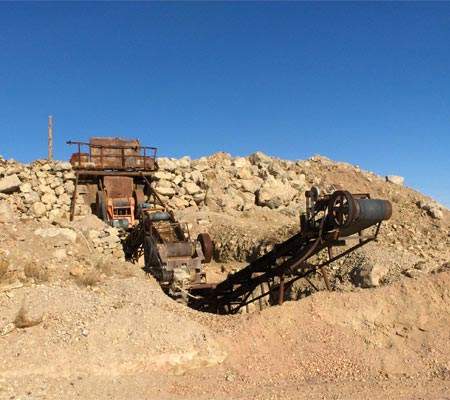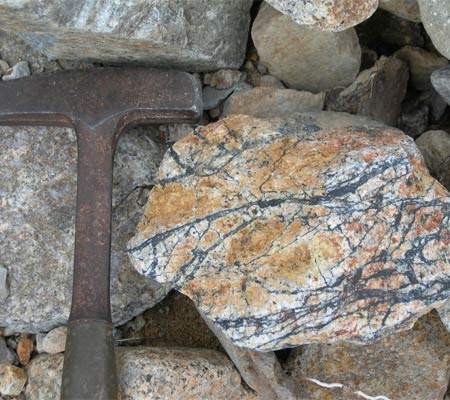The Cikoleang gold property is a 7,981ha mining tenement located in the Banten province, about 100km south-east of Jakarta, Indonesia. The mine is situated within the Bayah Dome gold mining area and neighbours the closed Cikotok gold mine and the active Cirotan and Gunung Pongkor mines.
The property is owned by Central China Goldfields, which began field works in January 2010. Initial works will include detailed geological mapping in order to extend the mineralisation area, followed by drilling to get a more detailed analysis.
Geology
The Cikaleang deposit contains intermediate sulphidation epithermal gold mineralisation. Similar to the adjacent Cikotok and Cirotan mines, the minerals in the Cikoleang deposit are hosted within several narrow vein breccias found within late Eocene and Pliocene volcanic and sedimentary rocks.
Several quartz metal veins also host the minerals. Ten veins have been identified at the north-east, north-south and northwest trends. Reported to be approximately 1.5m wide, the west to east trending veins include Cimapag, Cikoleang, Cinyukcruk, Pasir Gudang, Sibokor-Cisaat, Cadas Gantung, Mura Cikadas-Lamping Timur, Cikeper, Ciuluran and Ciurug Beber. The veins have strike lengths up to 300m.
Exploration
The on-going geological mapping concentrates on known underground gold vein areas as well as those on the surface. The purpose is to extend the known gold-rich veins besides identifying new zones of enrichment and mineralisation.
Previously, Central China Goldfields collected approximately 22 ore samples of outcrops and material exploited at the mine by artisanal workers during an initial evaluation stage. The high gold value samples have returned up to 77g/t of Au. About seven samples produced between 1g/t and 22.2g/t of gold. Between 5g/t and 398g/t of silver were reported by about 15 samples.
The vein samples produced between 1g/t and 3g/t of gold. One lead-zinc-silver sample contained about 24% zinc and produced 105g/t silver. An additional 1m-wide lead-zinc-silver vein was also identified in the area that contains up to 35% zinc.
Joint venture agreement
In order to determine the possibility of moving the project into an early production phase, Central China Goldfields entered into an exclusive option agreement with local company PT Fino Bersaudara in December 2009. The deal was entered into with an option of signing a definitive joint venture agreement in the next six months.
The joint venture will be 25% owned by Fino and 75% by Central China Goldfields. As part of the agreement, Central China Goldfields will carry out detailed geological mapping besides legal and financial due diligence. Upon signing of the joint venture, Central China Goldfields will pay $45,000 to Fino. This will be followed by monthly payments of $5,000 from the third month onwards, for a total of $20,000.
The initial $2m of expenditure will be funded by Central China Goldfields. Expenses beyond this will be funded by joint venture partners in proportion to their corresponding interests. If Fino decides not to contribute towards the expenditure, its interest in the project will be reduced to 12.5%.
Marketing commentary
In an effort to shift its geographical focus, Central China Goldfields is also looking at several other gold and copper projects that can be quickly moved to production. Central China Goldfields previously owned two projects in China – the Nimu Copper project, an advanced copper and molybdenum mine, and Dong Mao Hua, a gold-silver copper and zinc deposit. The projects were sold by Central China Goldfields due to slow progress. The company currently has no presence in China.






